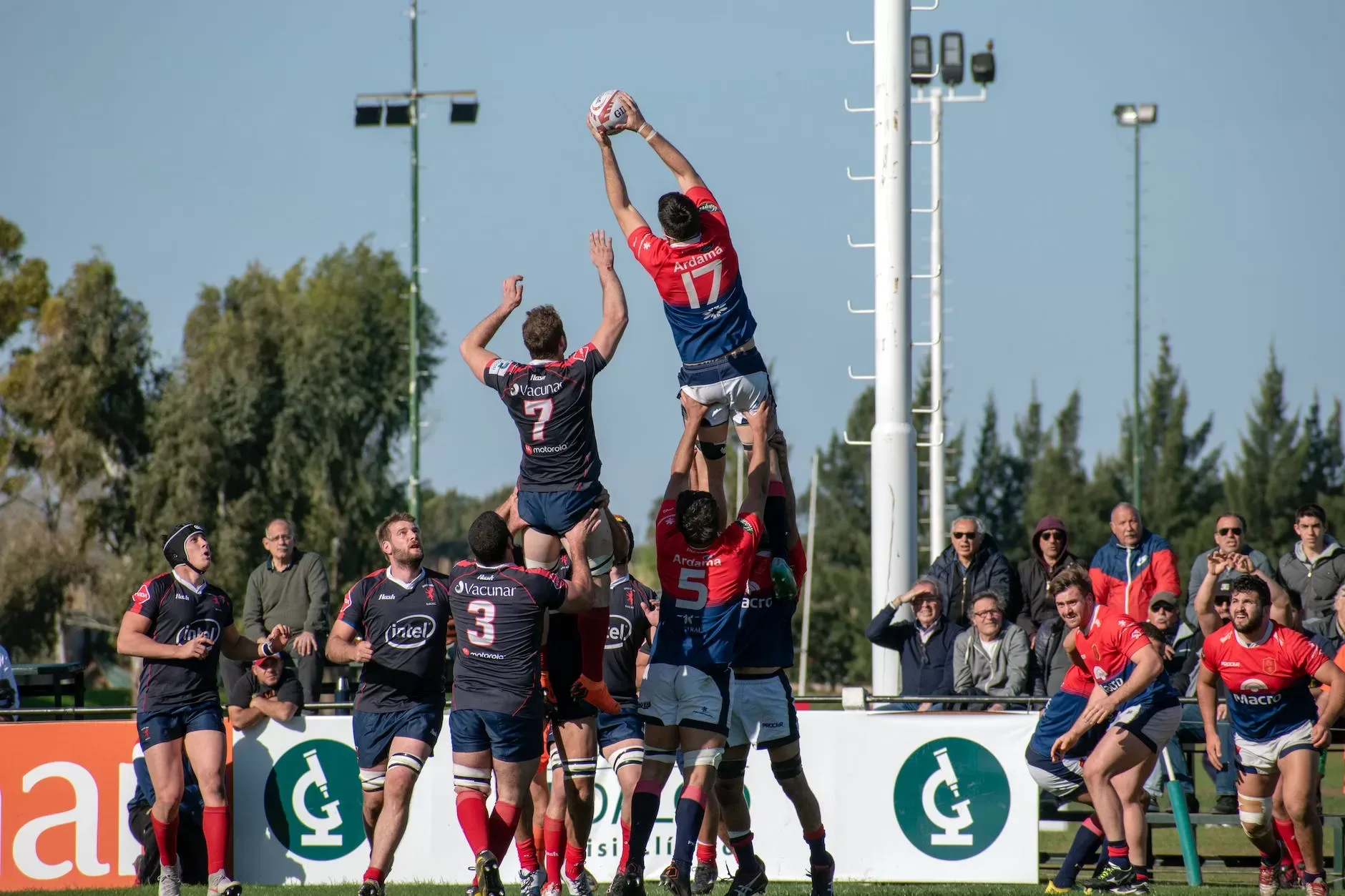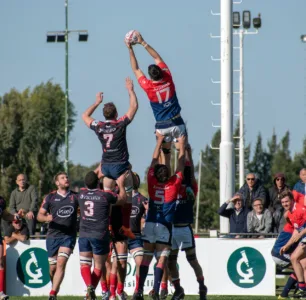Learn the fundamental techniques and strategies to dominate the lineout and secure possession in rugby.
Introduction
Winning the lineout is a crucial aspect of rugby, providing teams with an excellent opportunity to gain possession and launch effective attacking plays. This set piece requires a combination of skill, teamwork, and strategy to ensure success. In this article, we will delve into the lineout basics, uncovering the key principles and techniques that will help you win the ball consistently. Whether you’re a forward looking to perfect your throwing or a jumper aiming to outwit your opponents, read on to gain a competitive edge in the lineout.
Understanding the Lineout
The lineout is a method of restarting play after the ball has gone into touch. It involves both teams forming a line perpendicular to the touchline, with the team in possession of the throw-in aiming to win the ball. Typically, the hooker or a designated lineout thrower is responsible for delivering an accurate throw to their teammates, who will try to outmaneuver the opposition to secure the ball. This is a vital phase of the game where the team with possession has the advantage, while the defending team attempts to disrupt and steal the ball.
Essential Roles in the Lineout
The Thrower
The thrower, often the hooker, plays a critical role in the lineout. Their objective is to deliver a precise and well-timed throw that allows their teammates to compete for the ball. The thrower must focus on their technique, using a consistent grip and release to ensure accuracy. It is crucial to practice extensively to develop the required throwing accuracy and distance. The thrower must also have a good understanding of the team’s lineout calls and variations to keep the opposition guessing.
The Lifters
The lifters are responsible for supporting the jumpers in the lineout. Their primary task is to provide a stable platform for the jumpers to reach higher and contest the ball. Proper lifting technique is crucial to generate power and control. The lifters should position themselves close to the jumper, bending their knees and extending their arms upward. Timing is essential, and the lifters must work in sync with the jumper to execute a smooth lift.
The Jumpers
The jumpers are the athletes who compete for the ball in the lineout. Their role is to outmaneuver their opponents and secure possession for their team. Jumpers should have good height, athleticism, and excellent timing to maximize their chances of winning the ball. They must communicate with the thrower, lifters, and other jumpers to coordinate their movements and exploit gaps in the opposition’s defensive line. A variety of jumping techniques, such as the two-handed catch or the one-handed tap-down, can be employed based on the situation.
Lineout Strategies
To win the ball consistently in the lineout, teams must employ effective strategies and tactics. Here are some fundamental strategies to consider:
1. Study the Opposition
Analyzing the opposing team’s lineout patterns and tendencies can provide valuable insights. Identify their key jumpers, observe their positioning, and anticipate their movements. By understanding their strategies, you can adjust your own lineout tactics to counter their strengths and exploit their weaknesses.
2. Vary Your Throws
To keep the opposition guessing and prevent them from successfully defending against your lineout, it’s crucial to vary your throws. Employ different lineout calls, target different jumpers, and execute various throwing techniques. By introducing unpredictability, you can create confusion among the opposition, making it harder for them to disrupt your lineout.
3. Use Dummy Jumpers
Dummy jumpers are players who jump but don’t intend to contest for the ball. They can distract the opposition, drawing their attention away from the actual target. By creating confusion and misdirecting the defense, you can create opportunities for your primary jumpers to exploit the gaps and secure possession.
4. Quick Throws
Quick throws can catch the opposition off guard and prevent them from setting up an effective defensive lineout. These rapid throws require good communication and coordination between the thrower and the jumper. By executing quick throws, you can gain an advantage and catch the defense unprepared, allowing your team to launch immediate attacking plays.
5. Tactical Calls
Develop a range of tactical calls for different lineout situations. These calls can be used to adjust your lineout formation, change the intended target, or execute specific plays. Effective communication and teamwork are crucial to ensure everyone understands the call and executes it flawlessly. Tactical calls can be designed to exploit weaknesses in the opposition’s defense or create opportunities for your team to gain an edge.
Perfecting Lineout Skills
To consistently win the lineout, honing specific skills is essential. Here are some drills to help you improve your lineout performance:
1. Target Practice
Set up a simulated lineout and focus on accurate throwing. Practice hitting specific targets consistently, varying the distance and height of the throws. This drill will help improve your throwing accuracy and build confidence in delivering precise throws during matches.
2. Lifting and Jumping
Work on your lifting and jumping technique by practicing with teammates. Focus on synchronized movements, timing, and generating power in the lift. Jumpers should practice different jumping techniques to adapt to different situations and develop a repertoire of skills.
3. Reaction Training
Lineouts require quick reactions, as players must adjust to the throw and contest for the ball effectively. Incorporate reaction training drills that simulate different lineout scenarios. Practice reacting quickly to the throw, outmaneuvering opponents, and securing possession under pressure.
4. Game Simulation
Ultimately, the best way to improve lineout skills is to replicate match scenarios in training. Create realistic game simulations where players can apply their skills and strategies in a dynamic environment. This will help develop the necessary decision-making, communication, and teamwork skills required to excel in the lineout.
Conclusion
The lineout is a captivating phase of rugby that demands a combination of technical proficiency, teamwork, and strategic acumen. By mastering the lineout basics, understanding the roles, implementing effective strategies, and perfecting individual skills, players can significantly increase their chances of winning possession and gaining an advantage over the opposition. Whether you’re a forward aiming to deliver accurate throws or a jumper seeking to outwit your opponents, consistent practice and dedication are the keys to lineout success. So, step onto the field, apply these principles, and become a force to be reckoned with in the lineout.

